
Last Saturday I attended the BrassPass UK Brand Band competition. This involved listening to the 9 best bands in Britain and trying to pick a winner. The competition ran from 10 a.m. to 6 p.m. and the judges’ decision and award ceremony followed. I opted out of the evening concert that started at 8 p.m. You can have too much of a fine thing. Between each set there was a 15 minute break for the next band to set up so I was able to get some fresh air and see the bands arrive in coaches, just like in Brass Off. I’d presumed that most of the audience would seat through a couple of bands and then leave, but no. As far as I could see from my vantage point in the gallery behind the band most people appeared to stay for the entire day. it hadn’t realised until I got the programme that this is the first time this competition has been held. I chatted to a couple of people between sets, one lady being the mother of the timpani player from the Brighouse and Rastrick. Another couple are performers themselves and they attend competitions all over Europe. With the exception of two pieces I’d never heard of any of the composers. and all the composers appeared to be contemporary. Each band had to include a solo performance, and most bands had 4 or 5 people playing a whole variety of percussion including a wind machine and a gong that was struck and then slowly lowered into a tub of water. The competition wasn’t a freebie but I thought 12 pounds for an entire day’s entertainment was very good value – and I was delighted when I picked the same band to win as the judges did. Cory Band from Wales.
On Wednesday I went to see Young Shorts at Hebden Bridge Little Theatre, a spectacular selection of short plays written by primary school children and performed by talented young actors from Beacon Actors Company and Calderdale Theatre School. Calderdale Young Shorts is a project delivered in partnership by Square Chapel, Calderdale Theatre School, Beacon Actors Company, four local primary schools and Hebden Bridge Arts Festival. It celebrates the talents and imaginations of children aged 8-11yrs and hopes to inspire them to perhaps become the playwrights, writers or directors of the future! From May – June, young actors from Beacon Actors Company are delivering play-writing workshops in four schools: Scout Road Academy, St Mary’s Catholic Primary, Sacred Heart Catholic Primary and Hebden Royd CE Primary. Children are writing their own short plays and a selection of them are performed in a fabulous, mad-cap, cabaret performance. With outrageous characters, innovative costumes, fantastical plots and lots of laughs this was a great evening – and free!
The weather forecast for Thursday was for sun – wow! My goodness! I’d been wanting to go on a boat on the Manchester Ship Canal for a while and I’d see that there was the premier of a new movie being shown at Manchester Central Library at 5 p.m. with a question and answer session with the cast and director. It was about Sam Bamford a radical reformer, poet, writer and handloom weaver who, on 16 August 1819, led 6,000 people on a peaceful human rights march from Barrowfields in Middleton to St Peter’s Field, Manchester, which left 18 people dead and six hundred injured at the hands of the cavalry. He was arrested on the day and spent a year in Lincoln Jail, writing poems and songs that became anthems, including ‘Song of the Slaughter’ which was sung all over the north of England, as Sam Bamford became nationally known. His funeral in 1872 was one of the biggest public events in Middleton’s history; a memorial obelisk was put up in Middleton Graveyard and stands to this day. My great, great great grandparents were living in Middleton at that time and in 2015 Rachel and I went to visit the little town and spent a morning looking at the quite remarkable church, though it wasn’t open. As always, we spent some time wandering around the extensive graveyard. The movie which involved mostly people from Middleton was only 50 minutes long so it seemed a good opportunity to combine the cruise and the movie.
I was surprised that I could get by train (Salford Central) to within a few steps of the Raili Quay, and I searched online for a place to have lunch before I boarded for the one hour cruise. I found a place, Menagerie, specialising in – yes! American food, and I have to admit it was one of the best chicken cobb salads I’ve ever eaten, even though it didn’t look like its counterparts in U.S. It was quite a fancy place in a building overlooking the River Irwell, called One. I would have eaten outside but it was too hot in the sun and because of nearby construction the restaurant had had to remove their patio umbrellas.


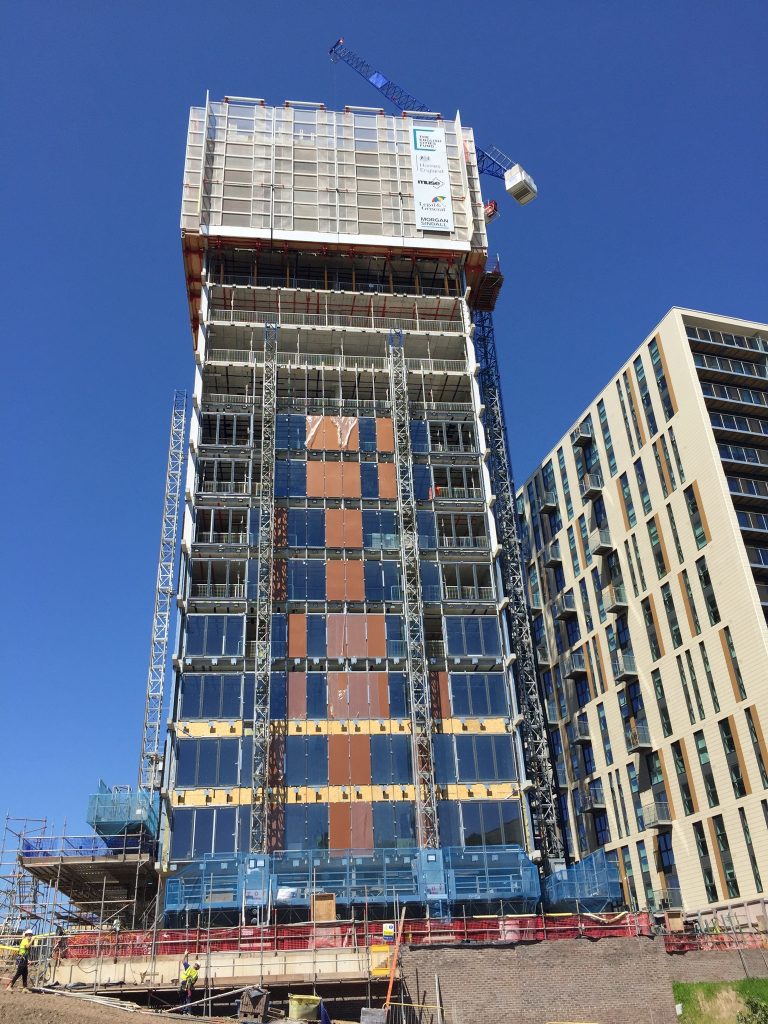



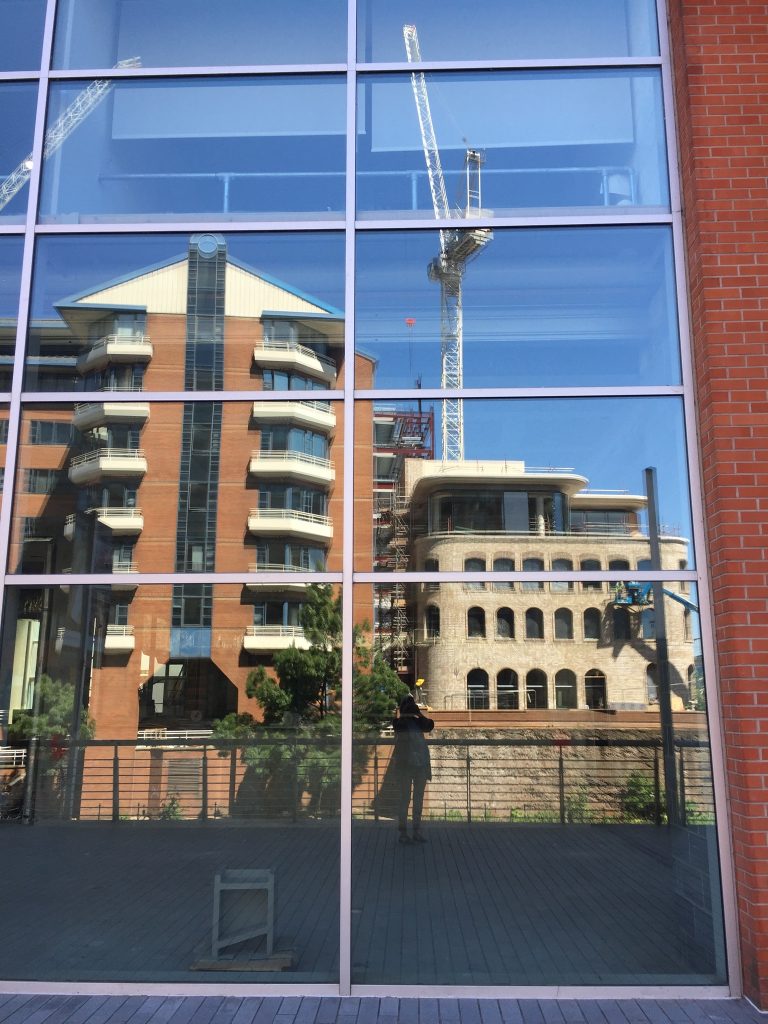

I never realised until I saw them from this angle that these look like planes
A couple of steps to the Quay, in an area called The Left Bank. Only about a dozen people were on board. I was amazed to see so much new construction in the area – new high rise apartments, cranes everywhere. From the River Irwell we joined the Manchester ship canal and arrived at the Lowry Centre with its spectacular buildings including the Imperial War museum North, and many swing bridges. I hadn’t realised that you could get off the boat the the Lowry: another time perhaps.
Next was a visit to the People’s History Museum – free, where I learned more about Peterloo. There was an exhibition of banner of various Trade Unions.

Shoemakers – trade union banner 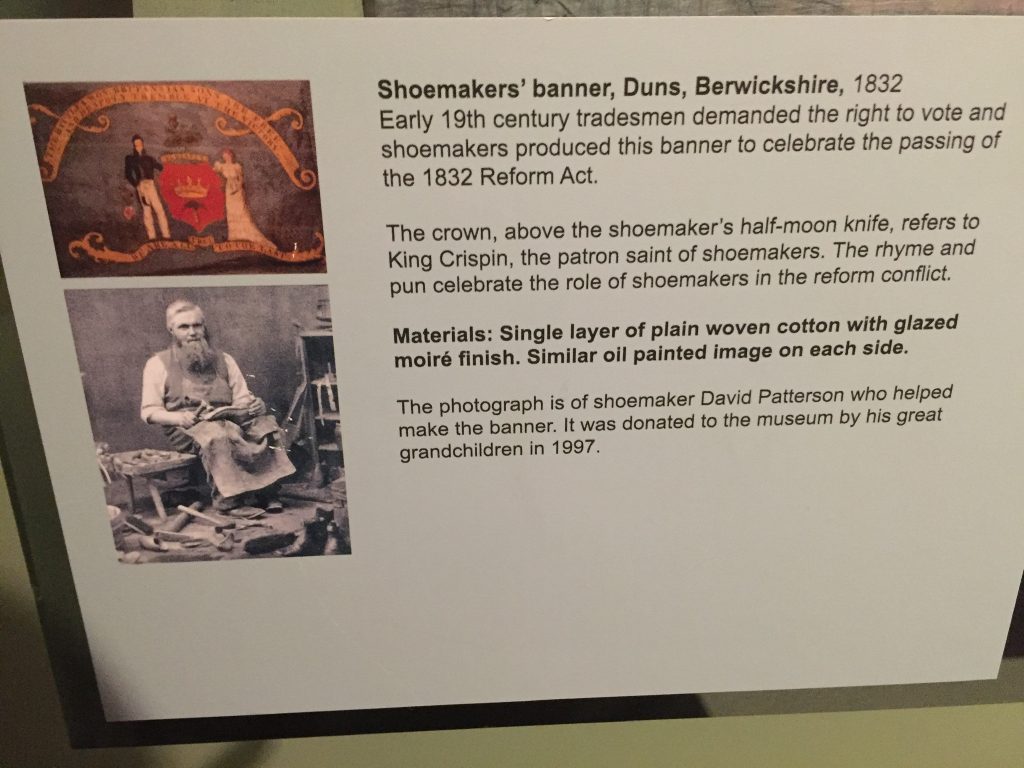
I had ancestors who were shoe makers in Rastrick
I had coffee on the outdoor patio overlooking the River Irwell and headed for the library, only a ten minute walk away. I was a little early so sat at a table in the cafe to wait. Next to me a man was drawing portraits. he’d obviously been there for some time judging by the number he’d drawn and painted. When the movie began I realised that this was the man who had played Sam Bamford. Much of the film was filmed in St Leonard’s cemetery where I’d visited with Rachel, and the People’s History Museum featured too. And the movie was Free!
This morning I went for an early morning walk. I knew the forecast was for record high temperatures to reach Hebden Bridge but I didn’t expected to be woken at 6:45 a.m. by a rather strange noise. I sounded as if it was coming from directly outside my bedroom window. Hmmm . . . . I took a look. A man was cleaning my windows! Because of the high temperature overnight I had my windows open, so water was pouring in through the open windows since the man was at street level and only his ‘equipment’ was at my window level!
So, now awake I went for a walk to see how the town was preparing for its record temperature.

How Hebden Bridge prepare for a scorcher 


At lunchtime I went to see the premier of another local movie – Calder Valley Suite, a collaboration between film-maker, Jason Elliott, and multi-instrumentalist, Colin Robinson, part of the 2019 Hebden Bridge Arts Festival. Each of the six short films focuses on a small element of the local area and has a duration of between 4 and 5 minutes making a total of 28 minutes when run consecutively. The music and the imagery act in a complimentary way to each other, ensuring that the whole is greater than the two parts in each case, helping the viewer into a closer relationship with their surroundings. Beautiful photography and it was free! Perhaps I should try and get my ‘Searching for my Yorkshire Roots’ movie and music programmed somewhere in town. Last night I had my first ‘Heather’s At Home’ evening. I was delighted that ten people showed up in my apartment to chat, eat, drink and play music together. I used to host these in Santa Cruz but this is my first one here as I gradually get to know people around me.
















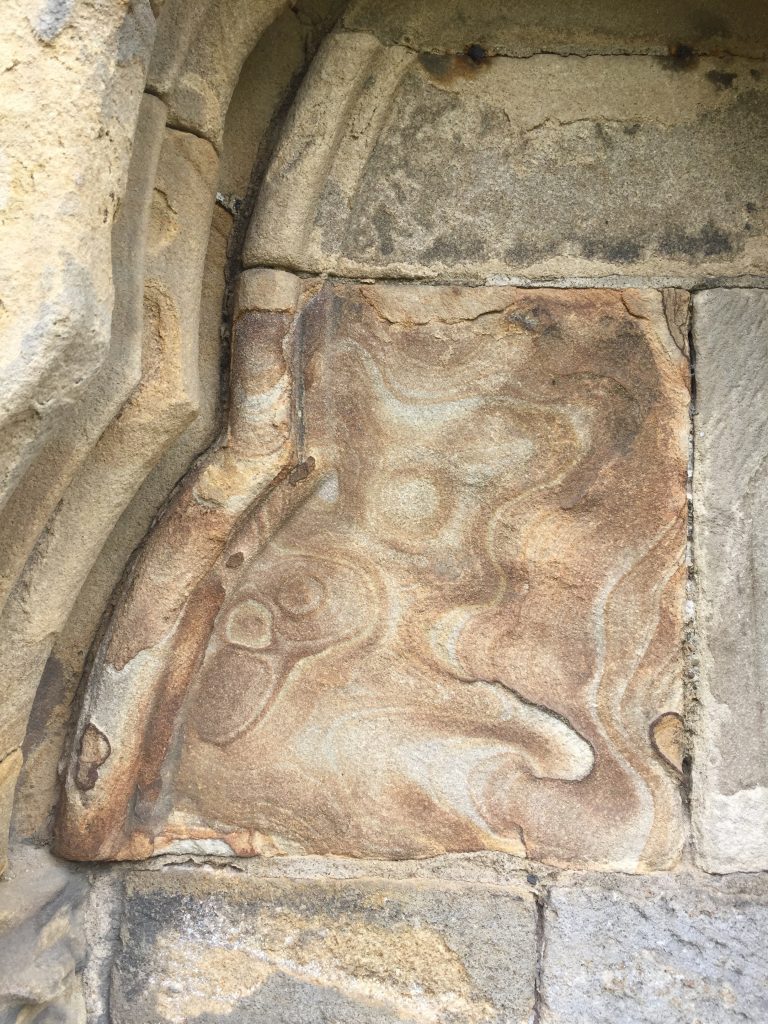



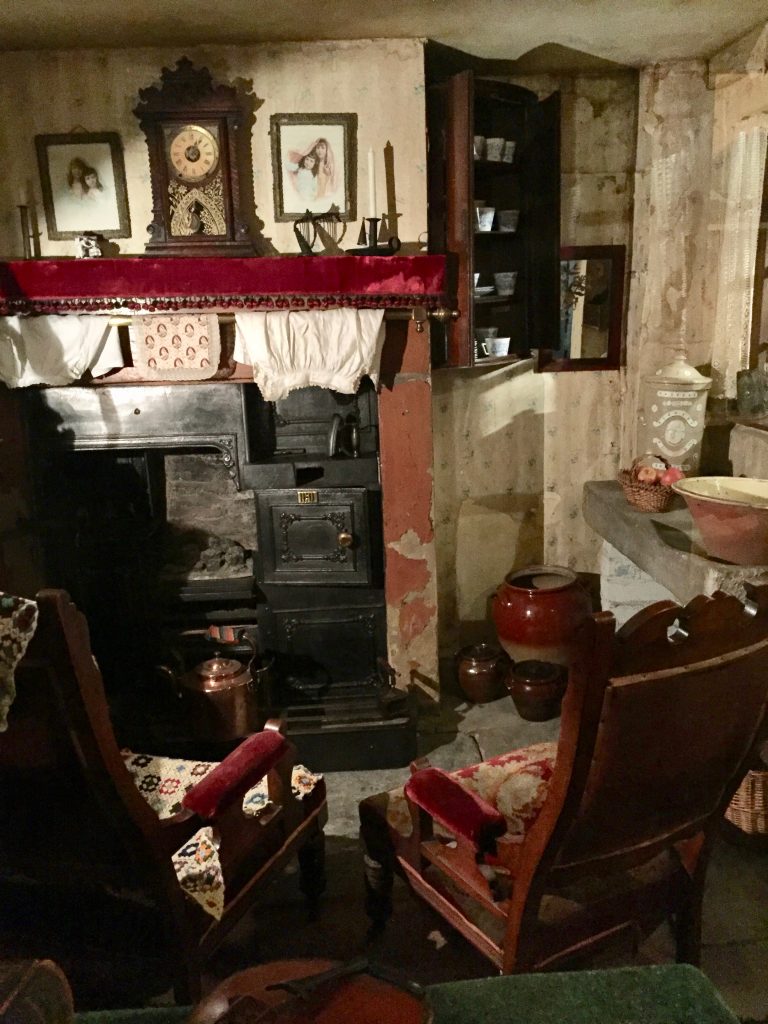
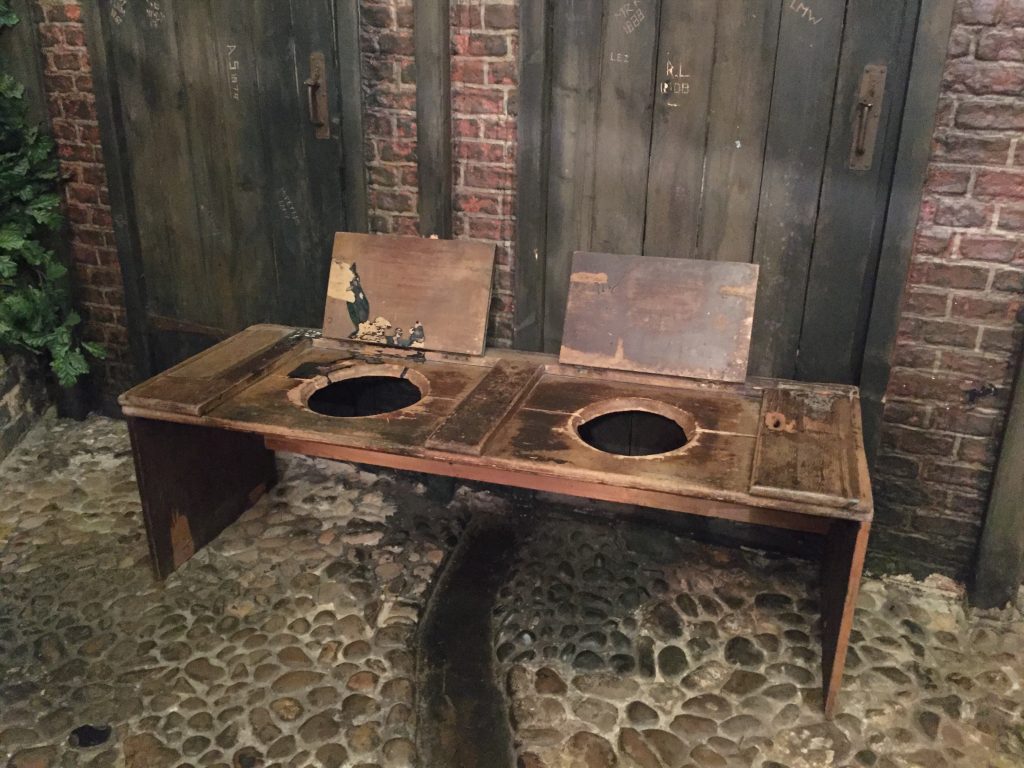



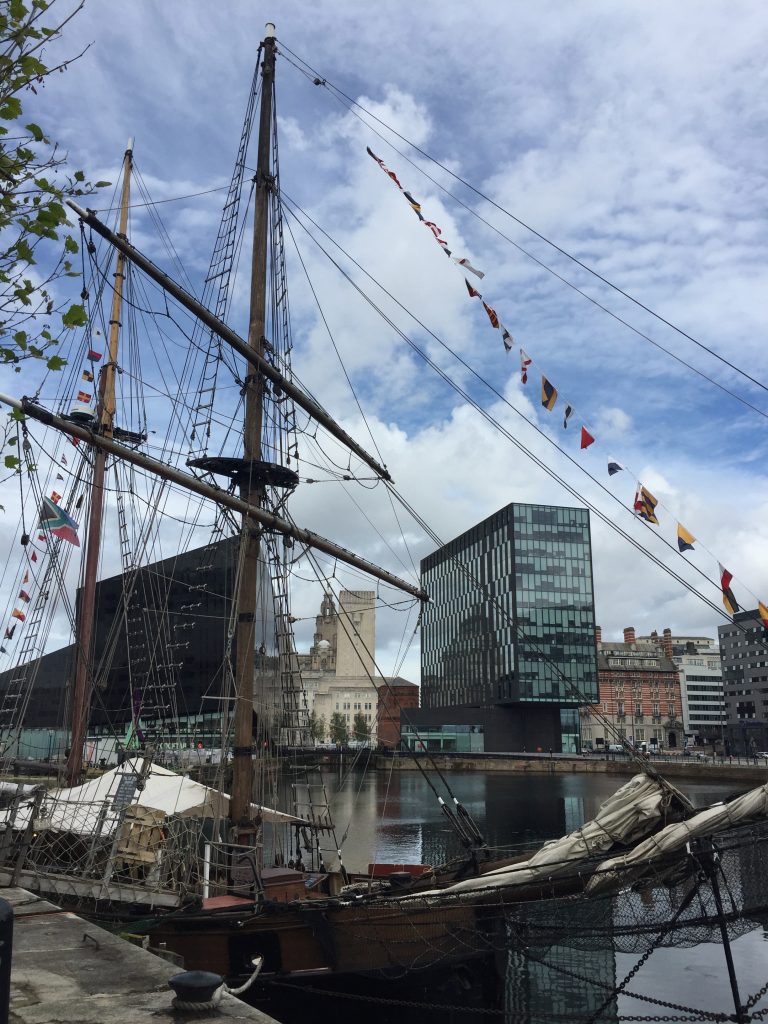
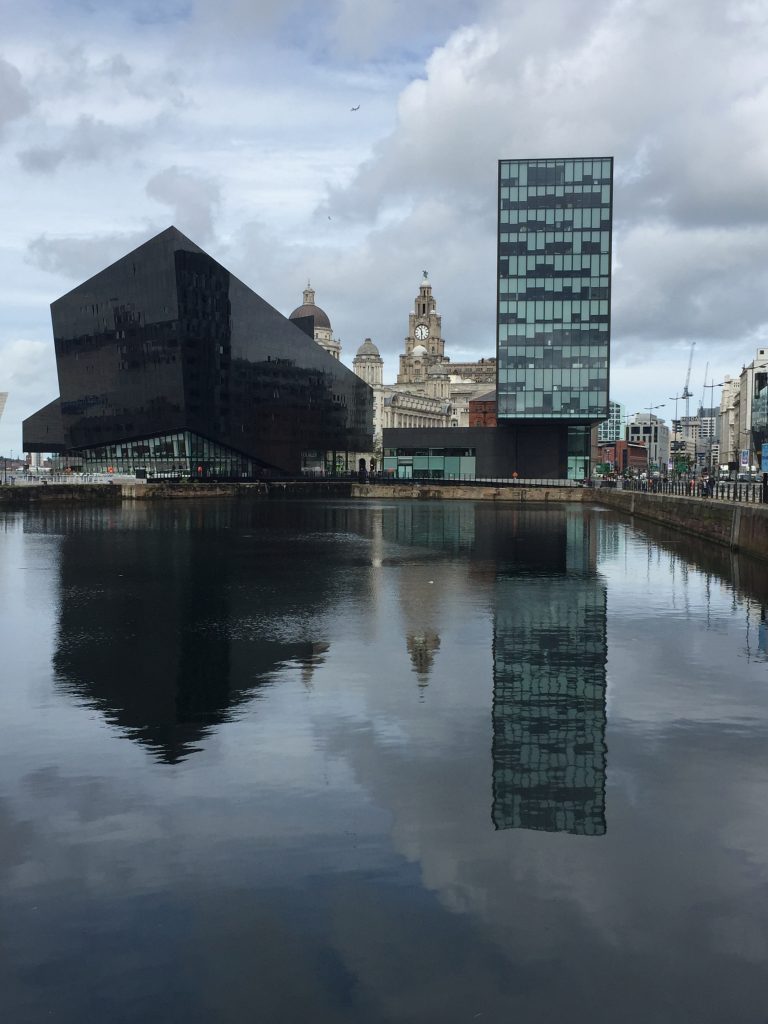






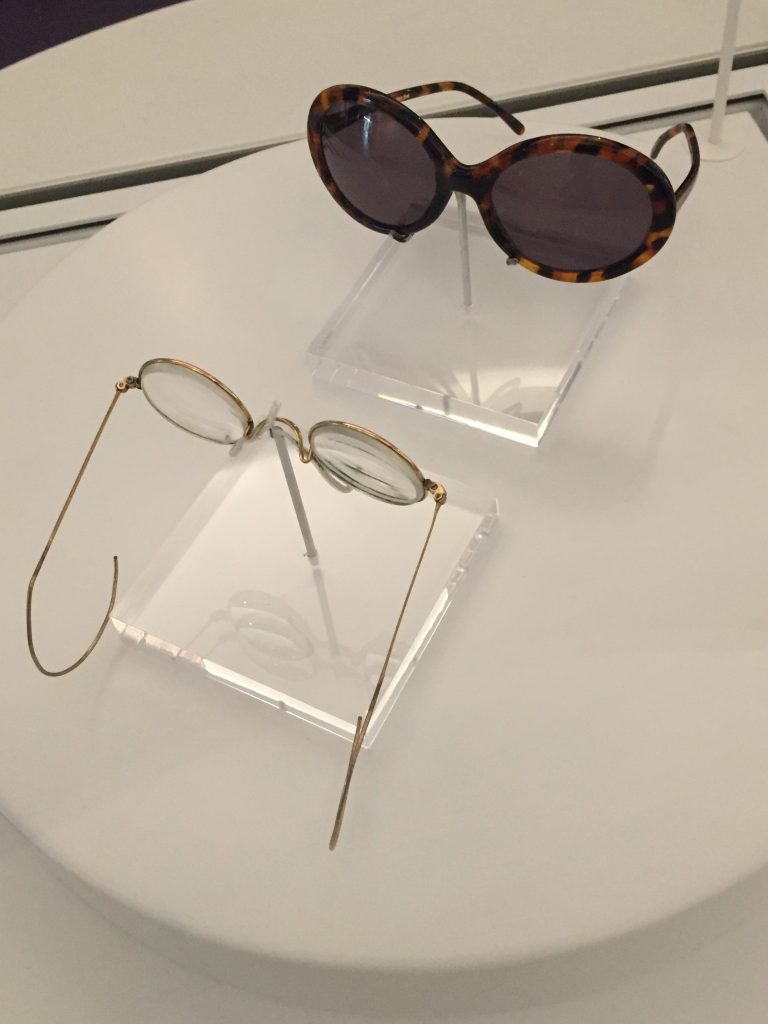




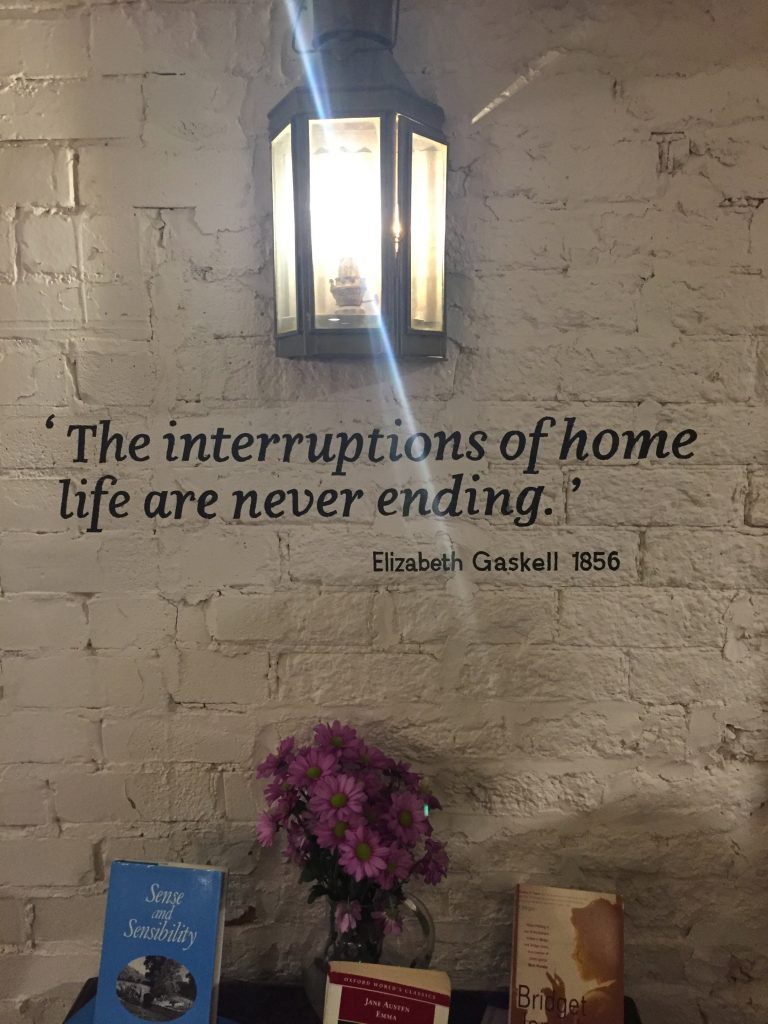
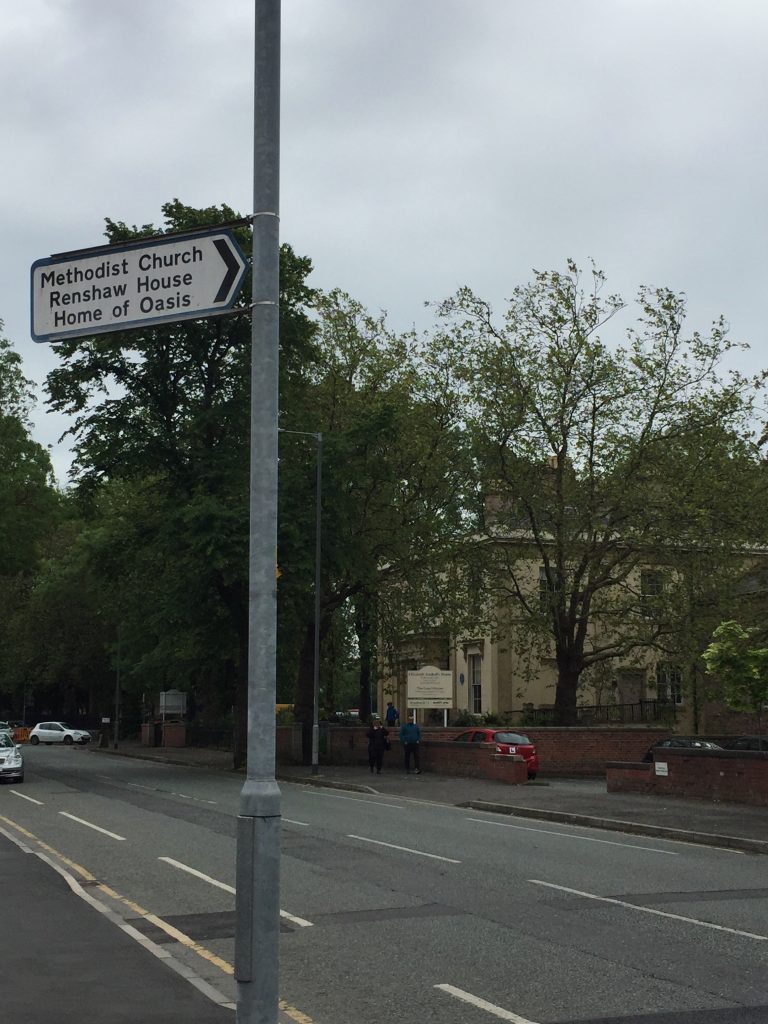


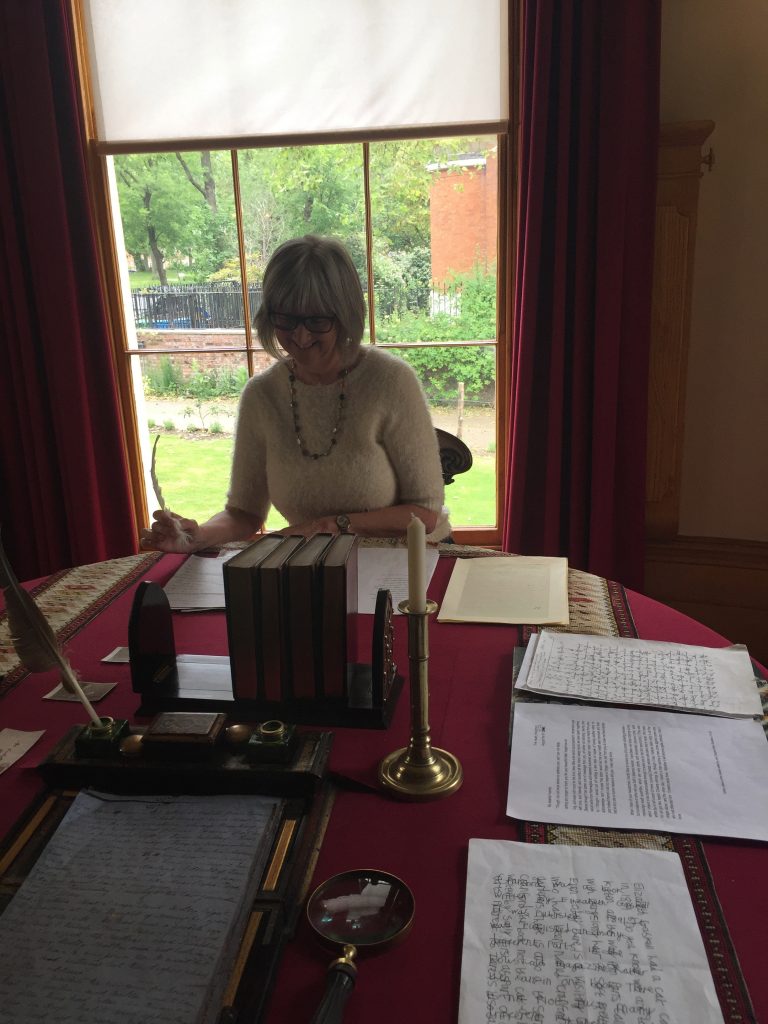






Recent Comments